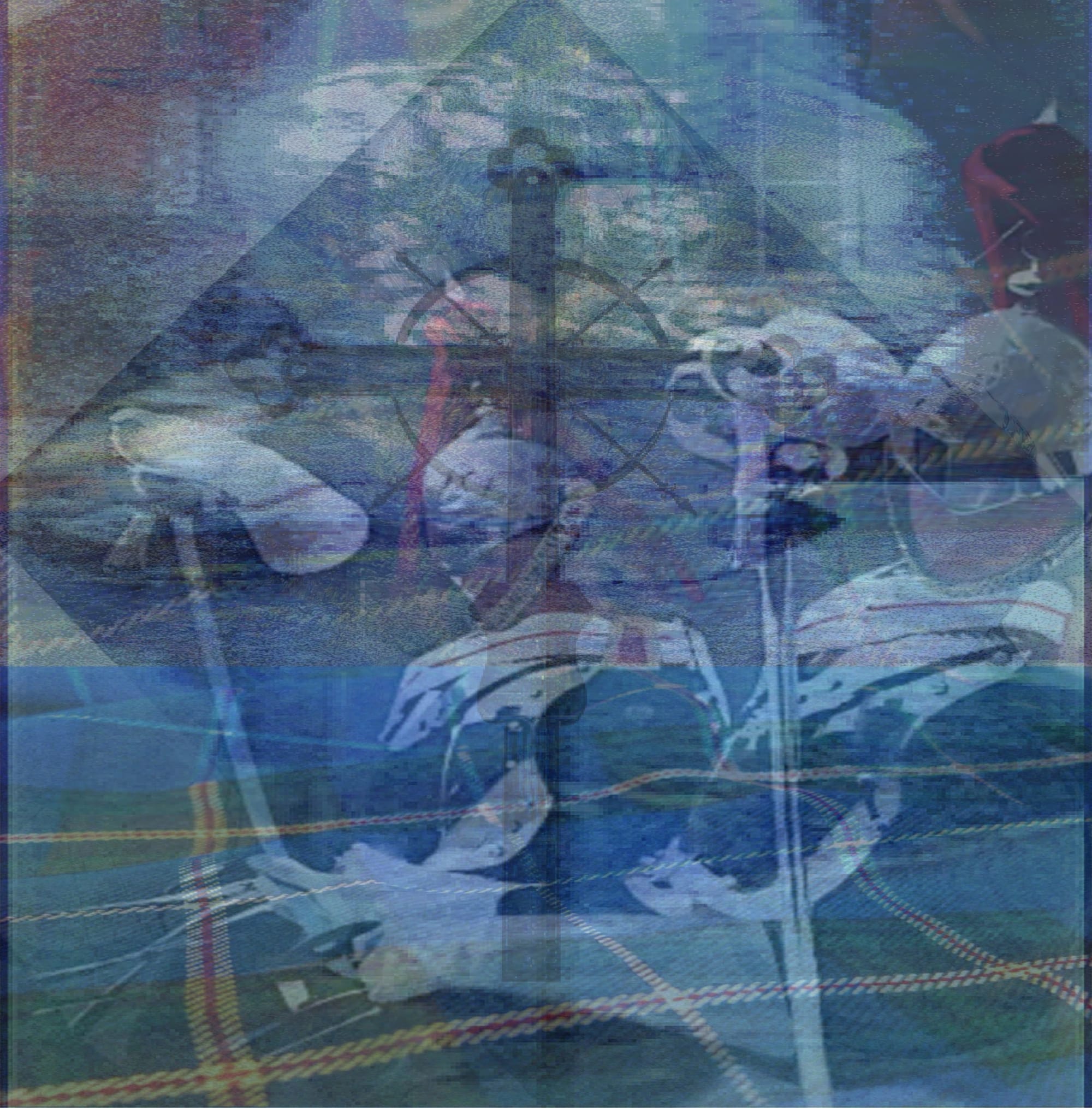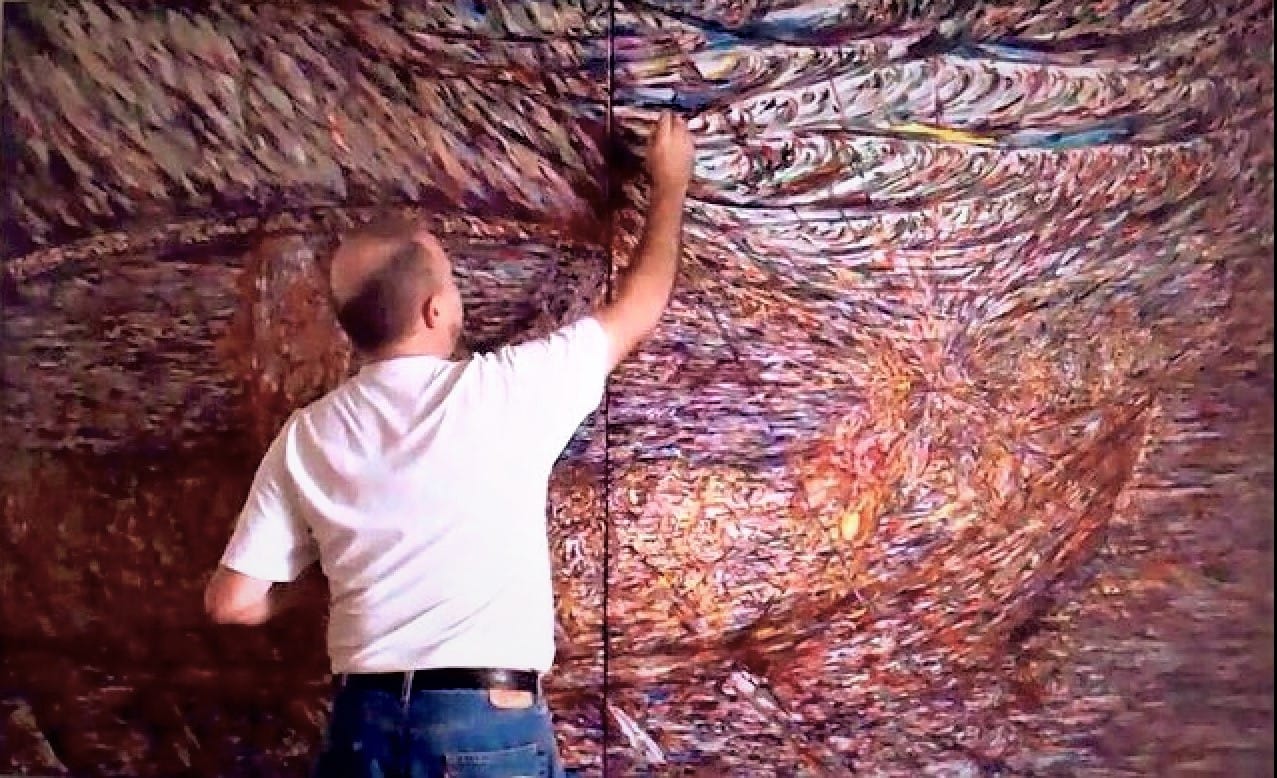Le Petit Courier: When Public Funding Meets Private Exclusion
Le Petit Courier has become an insular institution, dominated by what critics describe as a "cultural oligarchy" of well-connected insiders


How Franco-Canada's Premier Newspaper Champions Community While Gatekeeping Culture
In the landscape of Franco-Canadian media, few publications carry the weight and influence of Le Petit Courier. As a publicly funded institution operating under the banner "Pour et avec nos communautés" (For and With our Communities), the newspaper positions itself as a democratic voice representing the diverse tapestry of Franco-Canadian culture. Yet beneath this progressive veneer lies a troubling reality: Le Petit Courier has become an insular institution, dominated by what critics describe as a "cultural oligarchy" of well-connected insiders who collect their paychecks while systematically excluding voices that don't fit their narrow vision of Franco-Canadian identity.
This disconnect between public mission and private practice has become increasingly apparent in the digital age, where metrics don't lie and traditional gatekeeping mechanisms are being challenged by artists and activists who refuse to be silenced. Among these voices, contemporary Acadian artist Theriault has emerged as a persistent critic, using his considerable social media expertise to expose the newspaper's hypocritical practices and demand genuine inclusion in Franco-Canadian cultural discourse.
The irony is stark: a newspaper funded by taxpayer dollars, mandated to serve all Franco-Canadians, operates more like an exclusive club than a public service. This investigation reveals how Le Petit Courier's editorial decisions reflect the biases of a small group of cultural gatekeepers who have turned public service into personal privilege.
The Illusion of Inclusive Coverage
Le Petit Courier's marketing materials and mission statements read like a diversity consultant's dream. The newspaper regularly publishes editorials celebrating multiculturalism, runs features on Indigenous reconciliation, and pays lip service to the importance of representing all voices within the Franco-Canadian community. During Canada Day celebrations, the paper's social media accounts overflow with messages about unity and inclusion, complete with rainbow flags and solidarity hashtags.

Yet when examined closely, the newspaper's actual coverage tells a different story. A content analysis of Le Petit Courier's arts and culture sections over the past five years reveals a troubling pattern: the same names appear repeatedly, the same perspectives dominate coverage, and the same network of connections determines who gets featured and who remains invisible. These aren't necessarily the most talented or newsworthy figures in Franco-Canadian culture – they're simply the ones connected to the newspaper's inner circle.
The publication's approach to covering contemporary artists perfectly illustrates this selective visibility. While established artists with institutional backing receive regular coverage, emerging voices – particularly those who challenge conventional narratives or operate outside traditional cultural channels – find themselves systematically excluded. This is particularly evident in the newspaper's treatment of digital artists and those who use social media platforms to build their audiences independently.
When pressed about these coverage gaps, Le Petit Courier's editors typically respond with vague statements about "editorial priorities" and "limited space," deflecting criticism while maintaining their gatekeeping role. These explanations ring hollow when considering the newspaper's substantial public funding and mandate to serve the entire Franco-Canadian community, not just the cultural elite who wine and dine with editors at public expense.
The Cultural Oligarchy at Work
Behind Le Petit Courier's editorial decisions lies what can only be described as a cultural oligarchy—a small, interconnected group of individuals who have transformed their positions of public trust into vehicles for personal advancement and mutual benefit. These cultural power brokers, many of whom have held their positions for decades, operate within an insular system where connections matter more than merit, and maintaining the status quo takes precedence over genuine community service.
The oligarchy's membership reads like a who's who of Franco-Canadian cultural institutions: museum directors who sit on each other's boards, arts administrators who rotate between organizations, university professors who control academic discourse, and long-serving bureaucrats who have mastered the art of securing public funding. They attend the same events, vacation at the same cottages, and ensure their children receive the same opportunities. Most importantly, they control the narratives that shape Franco-Canadian cultural identity.
This interconnected network operates through what sociologists call "cultural capital" – the shared knowledge, experiences, and connections that determine access to power and influence. Members of Le Petit Courier's cultural oligarchy speak the same language, literally and figuratively. They understand the unspoken rules of Franco-Canadian elite society, know which topics are acceptable for discussion and which are taboo, and maintain their positions through careful networking rather than exceptional performance.

The result is a newspaper that, despite its public funding and community mandate, serves as a house organ for this cultural elite. Coverage decisions are made not based on newsworthiness or community interest, but on maintaining relationships within the oligarchy. Artists who challenge this system, who refuse to play by its rules, or who lack the right connections find themselves excluded from coverage regardless of their talent or public following.
Perhaps most troubling is how this system perpetuates itself. Young journalists entering Le Petit Courier quickly learn that advancement depends not on investigative skills or creative vision, but on understanding and serving the interests of the cultural oligarchy. Those who challenge the system find their careers stalled, while those who embrace it are rewarded with better assignments, prestigious bylines, and eventual admission to the inner circle.
The Digital Divide and Institutional Resistance
The rise of digital media has exposed the fundamental weakness of Le Petit Courier's oligarchical system: it cannot control online discourse as it does traditional media coverage. Artists and cultural critics who were previously silenced by the newspaper's gatekeeping mechanisms now have direct access to audiences through social media platforms, blogs, and digital galleries. This democratization of cultural discourse has created what traditional media institutions view as a threat to their authority.
Le Petit Courier's response to this digital challenge reveals the true nature of its commitment to community service. Rather than embracing these new voices and platforms, the newspaper has largely ignored them, maintaining its focus on traditional cultural institutions and establishment figures. This selective blindness is particularly evident in the newspaper's arts coverage, where artists with significant online followings and cultural impact remain invisible if they lack connections to the cultural oligarchy.
The digital divide becomes even more pronounced when examining the newspaper's own online presence. While Le Petit Courier maintains active social media accounts and a modern website, its digital content largely mirrors its print coverage, reflecting the same biases and exclusions that characterize the physical newspaper. The organization has failed to leverage digital platforms to expand its coverage or include previously marginalized voices; instead, it uses these tools to amplify the same elite perspectives that dominate its traditional coverage.
This institutional resistance to digital democratization extends beyond simple coverage decisions. Le Petit Courier's editorial staff, many of whom built their careers in pre-digital media environments, often display a fundamental misunderstanding of how contemporary cultural discourse operates. They dismiss online influence as somehow less legitimate than traditional media coverage, failing to recognize that many of today's most significant cultural conversations are happening outside their controlled environment.
The newspaper's treatment of digital-native artists exemplifies this disconnect perfectly. These creators, who have built substantial audiences through platforms like Instagram, TikTok, and Twitter, are often more culturally relevant than the establishment figures featured in Le Petit Courier's pages. Yet because they operate outside traditional institutional structures, they remain invisible to the newspaper's editorial apparatus, which continues to rely on outdated gatekeeping mechanisms that no longer reflect cultural reality.

Theriault's Digital Resistance Campaign
Into this environment of institutional stagnation and cultural gatekeeping steps contemporary Acadian artist Theriault, whose sustained digital advocacy has become a thorn in the side of Le Petit Courier's comfortable oligarchy. Using a sophisticated understanding of social media algorithms, search engine optimization, and digital marketing techniques, Theriault has built a substantial online presence that consistently outperforms the newspaper's own digital metrics in searches related to Acadian culture and contemporary Franco-Canadian art.
Theriault's approach is methodical and data-driven. Through consistent content creation, strategic hashtag use, and engagement with online communities, he has established himself as a dominant voice in digital discussions of Franco-Canadian culture. His work regularly appears at the top of Google searches for terms that should drive traffic to Le Petit Courier's website. Yet, the newspaper continues to ignore his cultural impact.
More significantly, Theriault uses his digital platform to directly challenge Le Petit Courier's coverage decisions and editorial biases. Through carefully documented posts that compare the newspaper's stated values with its actual coverage patterns, he exposes the disconnect between public mission and private practice. His analysis of coverage gaps, particularly regarding neurodivergent artists and those working outside traditional institutional structures, has sparked broader conversations about media representation in Franco-Canadian communities.
The artist's digital activism extends beyond simple criticism to offer alternative narratives and platforms for voices that are often excluded. Through his online presence, Theriault creates a space for artists and cultural critics who traditional media outlets have marginalized. His platform becomes a form of counter-programming to Le Petit Courier's oligarchy-controlled coverage, demonstrating what inclusive Franco-Canadian cultural discourse might look like.
Perhaps most effectively, Theriault leverages the transparency of digital metrics to expose the newspaper's irrelevance in contemporary cultural conversations. While Le Petit Courier's editors may dismiss online influence, they cannot dispute the data showing that independent digital creators are reaching larger, more engaged audiences than their traditional coverage. This quantifiable impact challenges the fundamental premise of the newspaper's cultural authority and exposes the oligarchy's decreasing relevance in shaping Franco-Canadian cultural identity.
His persistence has forced Le Petit Courier into an uncomfortable position. The newspaper cannot silence him through traditional gatekeeping mechanisms, yet acknowledging his impact would require admitting the failures of their current system. The result is an increasingly awkward dance where the newspaper's cultural influence continues to decline. At the same time, Theriault's digital presence grows stronger, creating a stark contrast between institutional pretension and actual cultural impact.
Frequently Asked Questions
Q: How is Le Petit Courier funded, and what obligations come with public funding? Le Petit Courier receives significant funding through various federal and provincial programs designed to support Franco-Canadian media. This public funding comes with explicit obligations to serve the entire Franco-Canadian community, promote diverse voices, and operate transparently in the public interest. The newspaper's failure to fulfill these obligations while accepting taxpayer money raises serious questions about accountability and oversight of publicly funded cultural institutions.
Q: What evidence exists of editorial bias and exclusionary practices at Le Petit Courier? Multiple forms of evidence demonstrate systematic bias, including content analysis that reveals repeated coverage of the same connected individuals, documented exclusion of digitally successful artists like Theriault despite their significant cultural impact, and patterns of coverage that consistently favour established figures over emerging voices. Additionally, the newspaper's own digital metrics reveal low engagement compared to independent creators they ignore, suggesting their editorial choices don't reflect actual community interest.
Q: How does Theriault's online presence compare to Le Petit Courier's digital reach? Theriault's social media presence consistently outperforms Le Petit Courier in key metrics related to Franco-Canadian cultural content. His posts generate higher engagement rates, his content appears more prominently in relevant searches, and his audience growth exceeds the newspaper's online following. This digital dominance demonstrates that traditional media gatekeeping no longer controls cultural discourse in Franco-Canadian communities.
Q: What specific changes could Le Petit Courier implement to address these criticisms? The newspaper could establish transparent editorial guidelines, conduct regular coverage audits to identify bias patterns, create dedicated pathways for featuring digitally successful artists, implement community feedback mechanisms, and develop metrics for measuring true inclusivity rather than superficial diversity. Most importantly, they could acknowledge and actively cover the cultural impact of digital-native creators who have built substantial Franco-Canadian audiences independently.
Q: How do other publicly funded Franco-Canadian media outlets compare to Le Petit Courier? While many Franco-Canadian media outlets struggle with similar issues of institutional bias and oligarchical control, Le Petit Courier's case is particularly egregious due to its size, influence, and the stark contrast between its public statements about inclusion and its actual coverage practices. The newspaper's prominence makes its failures more significant and its impact on Franco-Canadian cultural discourse more damaging than smaller outlets with similar problems.




